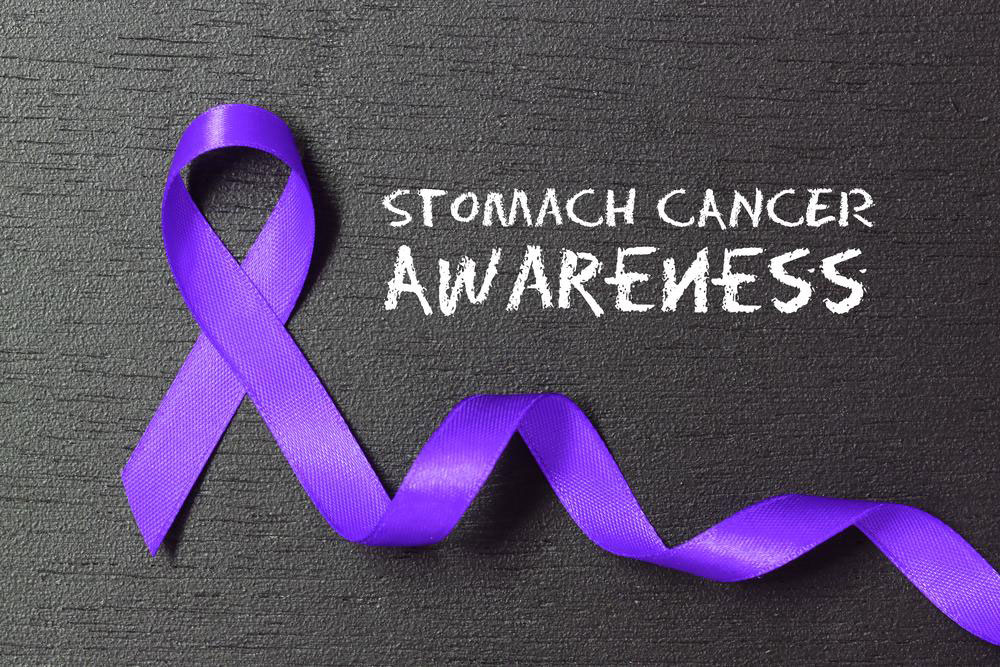Comprehensive Guide to Nerve Compression: Recognizing Symptoms and Exploring Effective Treatment Strategies
This comprehensive article explores nerve compression, detailing its symptoms, causes, and various treatment options. Early diagnosis and intervention are emphasized to prevent irreversible damage. The article covers conservative therapies like medications and physical therapy, as well as surgical procedures, providing readers with valuable insights into managing this common condition effectively. Tips for prevention and importance of seeking prompt medical advice are also highlighted for optimal recovery.

Comprehensive Guide to Nerve Compression: Recognizing Symptoms and Exploring Effective Treatment Strategies
Nerve compression, a common yet often overlooked medical condition, occurs when nerves experience undue pressure or pinching. This injury can happen in various parts of the body, including the neck, back, limbs, and other regions where nerves traverse tight spaces or get compressed by surrounding tissues. Recognizing the early signs of nerve compression is essential for effective treatment and to prevent irreversible nerve damage. This detailed guide aims to shed light on the causes, symptoms, and the wide array of treatment options available for managing nerve compression effectively.
Understanding nerve compression begins with understanding the anatomy and function of nerves. Nerves are vital components of the nervous system, responsible for transmitting signals between the brain, spinal cord, and the rest of the body. When these signals are disrupted due to compression, it can lead to various sensory and motor disturbances. The causes of nerve compression are diverse, ranging from herniated discs, bone spurs, swollen tissues, injuries, or even repetitive movements that cause strain over time. Recognizing the symptoms early can significantly impact the effectiveness of treatment and recovery outcomes.
Symptoms of nerve compression can vary widely depending on the location and severity of the compression. They often include localized pain, which might be sharp or burning in nature. Often, pain radiates along the nerve pathway, causing discomfort in adjacent areas. Numbness and tingling sensations, commonly described as pins and needles, are typical signs that nerves are being affected. Burning sensations can also occur, especially in cases where nerves are irritated or inflamed. Muscle weakness is another critical symptom, which may impair movement and functionality of the affected limb or region. Early detection and communication with healthcare professionals are crucial, particularly if symptoms worsen or persist.
The diagnostic process involves a comprehensive clinical evaluation, including physical examination and patient history. Imaging techniques such as MRI, CT scans, and nerve conduction studies can help pinpoint the exact cause and location of nerve compression. Once diagnosed, the treatment approach depends on several factors, including severity, underlying cause, and the patient's overall health. Mild cases of nerve compression often respond well to conservative treatments, while more severe cases may require surgical intervention.
Conservative treatment options include medication, physical therapy, ergonomic adjustments, and lifestyle modifications. Non-steroidal anti-inflammatory drugs (NSAIDs) help reduce inflammation and pain, easing discomfort. Corticosteroid injections might be used for more intense inflammation to provide relief. Physical therapy aims to strengthen muscles, improve flexibility, and reduce pressure on the affected nerve. Techniques such as stretching, postural training, and nerve gliding exercises are commonly employed. In cases where symptoms are persistent or worsening despite conservative treatment, surgical options like nerve decompression or removal of the offending structures are considered. The goal of surgery is to relieve pressure on the nerve and restore normal function.
Preventive measures are equally important. Maintaining good posture, practicing ergonomics at work, avoiding repetitive strain, and staying active can help minimize the risk of nerve compression. Early recognition of symptoms and prompt medical intervention are critical components of successful management. In addition, ongoing research continues to improve surgical techniques and non-invasive treatment options, providing hope for better outcomes for patients with nerve compression in the future.
In conclusion, nerve compression is a manageable condition when diagnosed early and treated appropriately. Understanding the symptoms and available treatment strategies helps patients seek timely medical care and improve their quality of life. Whether through conservative methods or surgical intervention, effective management can significantly reduce pain and restore function, preventing permanent damage and promoting long-term recovery.





